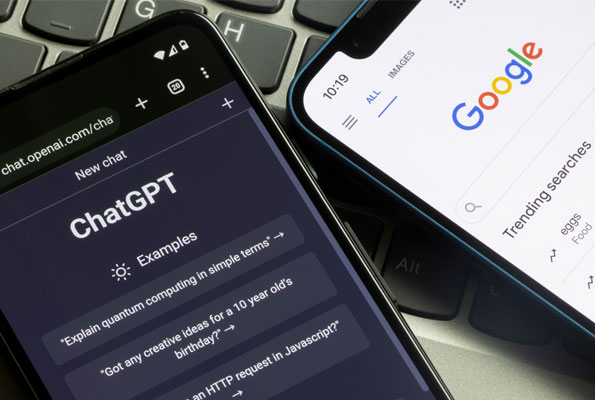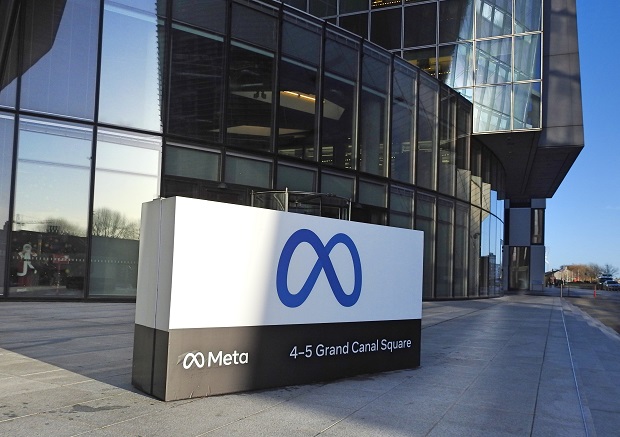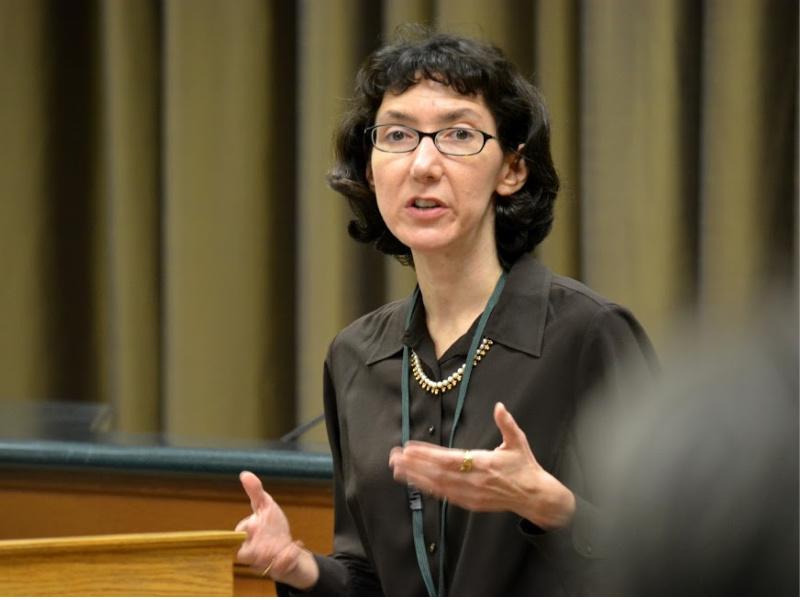In a landmark move that has sent ripples across the tech industry, OpenAI announced its decision to restructure into a public benefit corporation (PBC), a significant shift aimed at fueling its ambitious vision for artificial intelligence (AI). The announcement, made on December 27, 2024, outlines a pivotal transformation for the research powerhouse, addressing growing financial demands and balancing its mission to benefit humanity against the realities of commercial funding.
Here's ads banner inside a post
This restructuring is set against the backdrop of an intensifying AI race where costs are escalating, and competition is fierce. The decision underscores OpenAI’s quest to secure the capital required to remain a leader in the field while navigating complex ethical and operational challenges.
The New Chapter: From Nonprofit to PBC
Founded in 2015 as a nonprofit organization, OpenAI’s original mission was to ensure that artificial general intelligence (AGI) benefits all of humanity. This mission is not just a tagline but a guiding principle deeply embedded in its operations. However, the rapidly evolving AI landscape has posed unprecedented financial and strategic challenges. In 2019, OpenAI introduced a for-profit arm with a “capped profit” model to attract investors while maintaining its commitment to its nonprofit goals.
Here's ads banner inside a post

Now, OpenAI’s leadership has taken another bold step by proposing to reclassify its for-profit entity as a public benefit corporation. A PBC structure allows companies to pursue broader social missions alongside generating shareholder value. Under the proposed plan, the nonprofit parent organization will retain a significant stake in the PBC through shares, making it one of the wealthiest nonprofits globally.
“This restructuring is a critical step for us to continue our mission and maintain our position at the forefront of AI development,” OpenAI said in its official blog post. “Investors want to back us, but at this scale of capital, we need a structure that aligns with conventional equity requirements.”
Here's ads banner inside a post
Rising Financial Demands
The financial demands of AI research and development have surged in recent years. Creating and training large-scale models like GPT-4, GPT-5, and the recently unveiled “o3” reasoning AI require billions of dollars in computational resources, talent acquisition, and infrastructure. OpenAI’s latest funding round, which raised $6.6 billion at a valuation of $157 billion, reflects the staggering costs involved.

However, this funding comes with strings attached. Investors have reportedly sought assurances about the company’s profitability and long-term sustainability, pushing OpenAI to reevaluate its structure. By removing the “capped profit” model and transitioning to a PBC, OpenAI aims to unlock greater investment opportunities, ensuring it has the resources to compete with rivals like Anthropic, xAI, and major tech firms like Meta and Google.

Industry Reactions and Controversies
The announcement has sparked intense debate within the tech industry and beyond. Elon Musk, a co-founder of OpenAI who later departed the organization, has emerged as one of the most vocal critics of the restructuring. Musk has filed a lawsuit against OpenAI, alleging that the company has strayed from its original mission by prioritizing profit over public good.

“OpenAI was founded as a nonprofit to ensure AGI benefits everyone. This pivot to profit-driven operations is a betrayal of that mission,” Musk argued in a statement. In response, OpenAI has released internal communications suggesting that Musk initially supported the idea of a for-profit model before his departure.
Meta Platforms, another key player in AI, has also raised concerns. In a letter to California’s attorney general, Meta urged regulators to scrutinize OpenAI’s conversion to a for-profit entity, arguing that the move could create conflicts of interest and undermine public trust.

Despite these criticisms, industry analysts view the restructuring as a pragmatic response to the financial realities of cutting-edge AI development. “This is the right move for OpenAI to attract the level of funding it needs,” said Gil Luria, an analyst at DA Davidson & Co. “However, the shift does raise questions about how closely OpenAI can stick to its mission as it navigates these new waters.”
The Challenges of Balancing Mission and Profit
The transition to a public benefit corporation is not without risks. While the PBC model allows companies to pursue a social mission, it legally requires only a “balancing” of profit-making with mission-driven goals. This leaves significant discretion in the hands of shareholders and the board.
Corporate law expert Ann Lipton from Tulane Law School explains: “The PBC status is more about signaling intent than providing enforceable guarantees. Ultimately, it’s the controlling shareholders who will decide how closely OpenAI adheres to its stated mission.”

This dynamic has raised concerns among corporate watchdogs and AI ethicists, who warn that OpenAI’s dual mandate could lead to compromises. Transparency, accountability, and stakeholder engagement will be crucial to maintaining trust and ensuring that the organization’s actions align with its lofty ideals.
OpenAI’s Place in the AI Arms Race
The restructuring also places OpenAI in a stronger position to compete in the fast-paced AI arms race. Rivals like Anthropic and xAI have already adopted for-profit structures, raising billions in recent funding rounds. Anthropic recently secured $4 billion from Amazon, while xAI raised $6 billion in equity financing, underscoring the immense financial stakes in AI development.
Moreover, the involvement of tech giants like Microsoft, which has heavily invested in OpenAI, highlights the strategic importance of advanced AI capabilities. Microsoft’s integration of OpenAI’s models into its products, such as the 365 Copilot suite, exemplifies the symbiotic relationship between AI innovators and established tech firms.

Looking Ahead: Opportunities and Uncertainties
OpenAI’s transformation marks a pivotal moment in its journey and sets the stage for new opportunities and challenges. By embracing a PBC structure, OpenAI aims to align its financial strategy with its mission while addressing the practical demands of a highly competitive industry.
However, the path forward is fraught with uncertainties. Will OpenAI succeed in maintaining its commitment to public benefit while navigating the pressures of profitability? How will its restructuring influence the broader debate about ethics and accountability in AI?
As OpenAI embarks on this new chapter, its actions will be closely watched by stakeholders across the tech industry, government, and civil society. The decisions it makes today could shape not only its future but also the trajectory of AI development and its impact on humanity.




